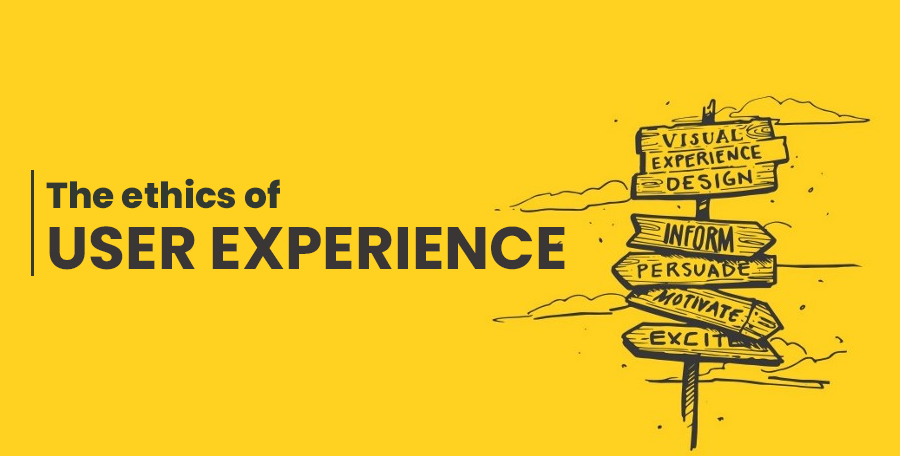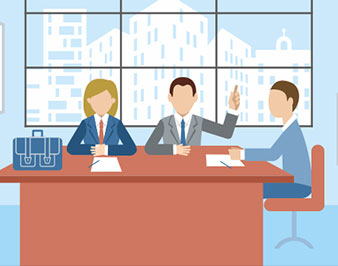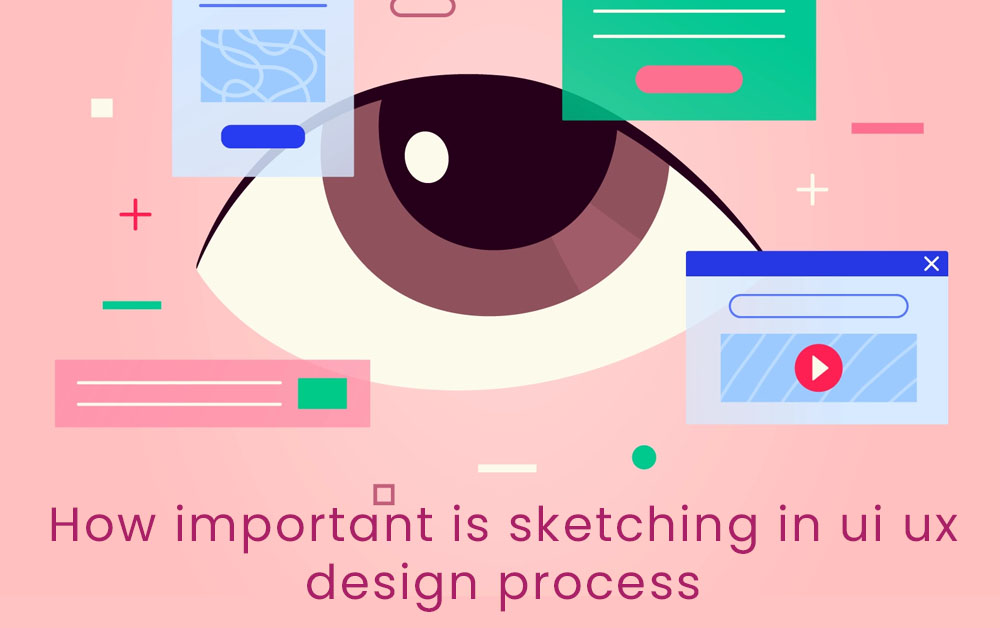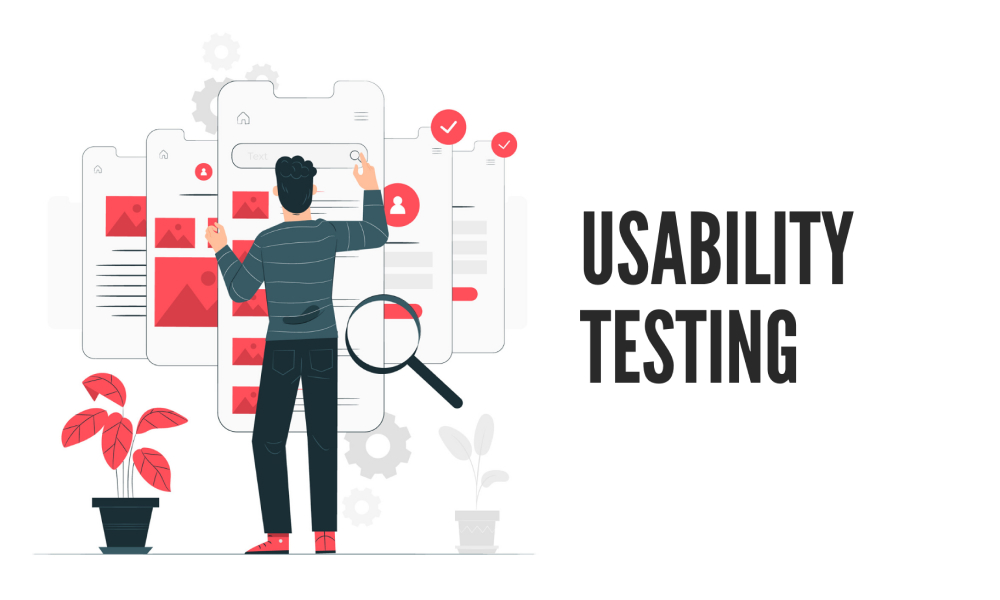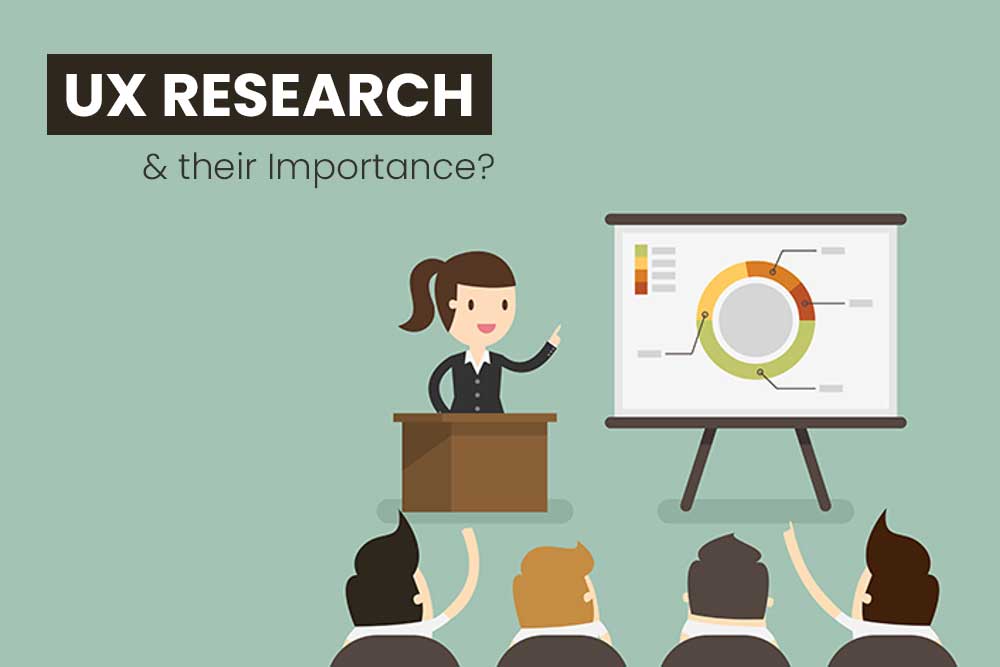Ethics are the moral implication of work. Technology gives a lot of power, and it is a tremendous responsibility to use it appropriately and not cause dirty data practices, which can lead to negative consequences.
Design user experiences (UX) are the direct interaction of a company with the users; UX is created by designers, including the organization products and services. But these designs are, so that benefits the company’s interests rather than that of the user.
A great user experience means better business results, these are the final interactions with the users, and they should be ethical. Ethical framework and source evaluate and aligns your actions and value.
Ethical design constitutes the processes of strategies that fulfil user’s needs and requirements. But when you don’t follow ethics, it may lead to violate the rights of users or non-user. Create confusion on their choices, Force users to do something that they had not planned.
What is user experience design?
User experience (UX) design includes content, research, innovation and strategy, and the process of the delivery, selling, and use of a product or service. It is for the end-users interaction with the company, its services, and its consequences.
User experience is made of all the businesses a user has with a product or service. It is the personal experience customers go through in the product’s interface. User experience (UX) design is all about creating beneficial, easy to use, and delightful interaction.
These are interfaces that enhance users’ satisfaction and usability. UX design is entirely based on users’ needs and perceptions. UX is built with visual design, programming, psychology, and interaction design.
UX is the internal experience for the user for a particular product/service. The design UX is built using shapes, colours and graphics. UX designers can create the best visual effects on web pages that boost enjoyment and increase conversion chances.
Ethical Design
Ethical design concerns moral behaviour in responsible choices in developing a User experience design; it guides how designers work with clients, colleagues and the end-users of products with fair practices—conducting the design process to determine the features of products and then assess the ethical significance.
The ethical framework for a user design needs to take care of human rights, human efforts and give a delightful human experience.
- The foundational section is human rights; business is ideal when technology respects and protects civil liberties, reduces inequality, and benefits democracy-building.
- Human effort is when technology respects people’s struggle by being functional, convenient and reliable.
- The human experience is when technology understands needs and gives a joyful experience to use
This framework can be used to evaluate the morality of our work. As much as we focus on technology being built, we also need to consider the user’s usability, Accessibility, inclusive and universal design.
The language, content styling, and font size need to be done focusing on the target audience. Each one has different boundaries for safety and privacy.
Any word entity of personal experiences of being racially discriminated against or asked to disclose your identity, cultural differences in a country may be negatively perceived. Changes over time have imposed a range of policies aimed at the mainstream population to take care of users’ ethics.
As designers, we do have a lot of responsibility in everything that we put out to the world, so let’s discuss what not to do that is not ethical. Never-ending social media feeds. It takes advantage of the way our minds can be easily addicted to.
For instance, you take YouTube immediately after one video is done, the Autoplay gets one more, and so on this is increases the unwanted time getting spent. Designers need to be part of the solution, not the problem.
Being an ethical designer means you make design decisions based on human well being over business profit in fair means, and most people would say that they’re not intentionally going out and doing these things are right because they never stop and think about the ramifications of the things that are building and putting out into the world.
Few ways to follow to be an ethical designer
- Avoid using dark patterns
These are things that purposely hide or make it difficult for users.
To do something they want because it’s not necessary to close an account on the flip side, other dark patterns do things that the user did not intend to do that would impact the business in a sticky way, so things like adding items to a shopping cart and not making the user aware of how their data and privacy is taken care of.
- Avoid designs that take advantage of our human brains
Humans are exciting creatures. Our brains work in weird ways, and even though we’re all differently all kind of have shared psychology as to what things get us addicted to things what they took us in.
So design patterns can take advantage of those ways, and it’s kind of a fine line between helping the user do something they may want to do and helping the user do something they should consider not doing.
Example: Having Netflix, you finished the show, and you don’t even be up for hours and hours bingeing at the rest of the show, but it keeps automatically playing after you finished the episode and keeps you on the couch for hours and hours.
Wasting precious time and great for Netflix’s business you’re using their service for longer than you may think it’s suitable for the user, it perpetuates an unhealthy behaviour and something that user cannot easily opt-out.
- Check on Ads
The frequency of ads, their placement on the webpage, their size, lack of relevancy and wrong targeting ads are unnecessary. With the increase of online adverts on all favourite websites and social networks, it is undoubtedly a grievance for online consumers.
They look like a piece of the website content, but it’s an ad banner. A click to enlarge but takes you to a new browser tab redirecting to a different website.
- Be Transparent
An ethical designer should be transparent about the user’s data and information. User data and information are a huge part of the tech industry. If you let the user know for the need for information, where will it be used and how it will help the user have a better experience.
It also ensures the customer that you’re not going to be selling it to a third party or using it in any town. All information will be in company control only taking the necessary thing, and users will appreciate it.
- Stop pre-selecting items
The service should give the user all freedom for forms and making decisions and stop default selection on the user’s behalf. Many forms automatically opt you into their newsletter.
- Design is inclusive and accessible
Design is inclusive and accessible to everyone guidelines for basic usability for people I think capability or might have physical impairments that don’t allow them to mouse or keyboard or starting to see.
So many resources or an accessibility these days which is excellent is becoming a vast topic and it really should be just our default design process that whatever we design is going to be accessible.
Also, when I talk about being inclusive you need to be considering a wide range of people who are going to come into contact with your product it also means not excluding people based on the language that you’re using the terms using or even the type of photos and representation you have in your product.
As US designers we can get pigeonholed into these personas but those are really just averages and no one’s average everyone’s unique everyone is different as they come from a different background they are all different and they’re going to approach it differently.
Therefore, the more diverse of people you can research within test your designs with you’re going to get a more holistic view.
- Consequences could lead to physical harm, emotional harm, exclusion and injustice
Impolite software pushes itself forward at every opportunity it requires more than it gives in return in the run app resources it feels free to interrupt the user an anytime it does not respect users preference uses patronizing tone in its dialogues and instruction its tricks to get the user to do things they do not intend and create confusion.
Why should one work ethically?
The User design does not connect to your Friend or family; it is to someone unknown.
“Ethics shows the difference between what you have a right to do and what is right to do”.
Words by Potter Stewart:
- Working ethically allows you to Express precise Motors in decision-making
- Make visible the people who are otherwise not seen or heard
- Directors choices in technological development
- understand when we should walk back a decision after understanding the
- Create traceable documentation for ethical choices and consideration
Conclusion
Ethics in User Experience are essential to keep the design clean, honest and reliable. It is necessary to be ethical in business services; this helps establish trust with your user and professionalism. The role of ethics in technology is to stop controlling, provide fair practices, and give user choices.

